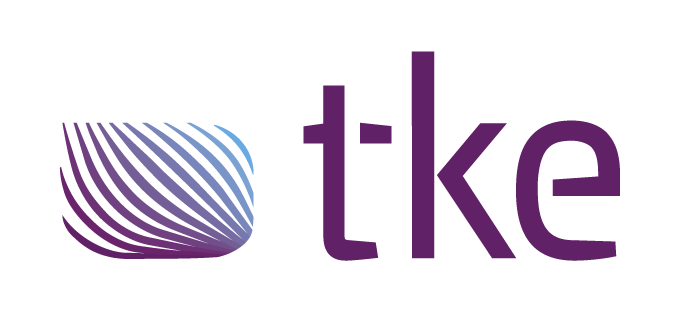How to Design an Effective Control System for Industrial Automation?
What are the key components of a control system?
Control systems are integral to industrial automation, consisting of various components that ensure the seamless operation of machines and processes. The primary components include sensors, controllers, actuators, and user interfaces. Each plays a critical role in maintaining the effectiveness and efficiency of the system.
Sensors are responsible for collecting data from the environment, such as temperature, pressure, or position. This data is vital for the controller to make informed decisions. Controllers, often the brains of the system, process the input received from sensors and send commands to actuators. Actuators then execute the necessary actions, such as moving a robotic arm or adjusting a valve. User interfaces allow operators to interact with the system, providing a way to monitor performance and make manual adjustments when necessary.
How to choose the right control system for specific industrial needs?
Selecting the right control system for an industrial application involves several considerations. Industry requirements, scalability, cost, and compatibility with existing systems are key factors that should guide the selection process. Understanding the unique demands of your industry, whether it’s Marine, Energy, Off-Highway Vehicles, or Defence, is crucial to making an informed choice.
For instance, in the Marine industry, a control system might need to withstand harsh environmental conditions, hence requiring robust and durable components. Meanwhile, in the Energy sector, systems must handle complex data processing and ensure high reliability. Cost-effectiveness is another critical factor, ensuring that the chosen system delivers value without exceeding budget constraints. Additionally, ensuring compatibility with existing systems can minimize disruptions and streamline integration.
What are the best practices for designing a control system?
Designing an effective control system involves a series of well-defined methodologies and strategies. The process typically begins with thorough planning, where the system’s objectives, requirements, and constraints are clearly identified. This initial phase is crucial for setting a solid foundation.
Testing and implementation are subsequent phases that focus on validating the system’s performance and ensuring it meets the desired specifications. During these stages, incorporating feedback from initial tests can lead to refinements and enhancements. Continuous improvement should be a core focus, with regular evaluations and upgrades to adapt to changing industrial needs and technological advancements.
How to ensure safety and reliability in control systems?
Safety and reliability are paramount in control systems, especially when dealing with complex industrial processes. Adhering to established standards and regulations is essential for maintaining high safety levels. Standards such as ISO 13849 for machinery safety or IEC 61508 for functional safety of electrical systems are commonly referenced in industrial settings.
Measures to ensure safety and reliability include regular maintenance, thorough testing, and the implementation of fail-safe mechanisms. Additionally, designing systems with redundancy can prevent failures and ensure continuous operation. Risk assessments and hazard analysis can identify potential issues before they arise, allowing for proactive solutions that enhance overall system reliability.
How does TK Engineering Oy approach control system design?
At TK Engineering Oy, we pride ourselves on our comprehensive approach to control system design, backed by over two decades of experience in industrial automation. Our expertise in CAN bus technology allows us to deliver innovative and reliable solutions tailored to the specific needs of industries such as Marine, Energy, Off-Highway Vehicles, and Defence.
We emphasize a collaborative approach, working closely with market leaders to develop cutting-edge communication systems that enhance performance. Our process involves meticulous research and pre-studies, ensuring that each solution is scalable and future-proof. By focusing on effective control systems, we strive to provide our clients with systems that not only meet their current needs but also adapt to evolving industry demands.
Whether it’s designing new systems or testing and troubleshooting existing ones, TK Engineering Oy is committed to delivering excellence in automation engineering. Our commitment to quality and innovation positions us as a trusted partner in the journey towards efficient and reliable industrial automation.



